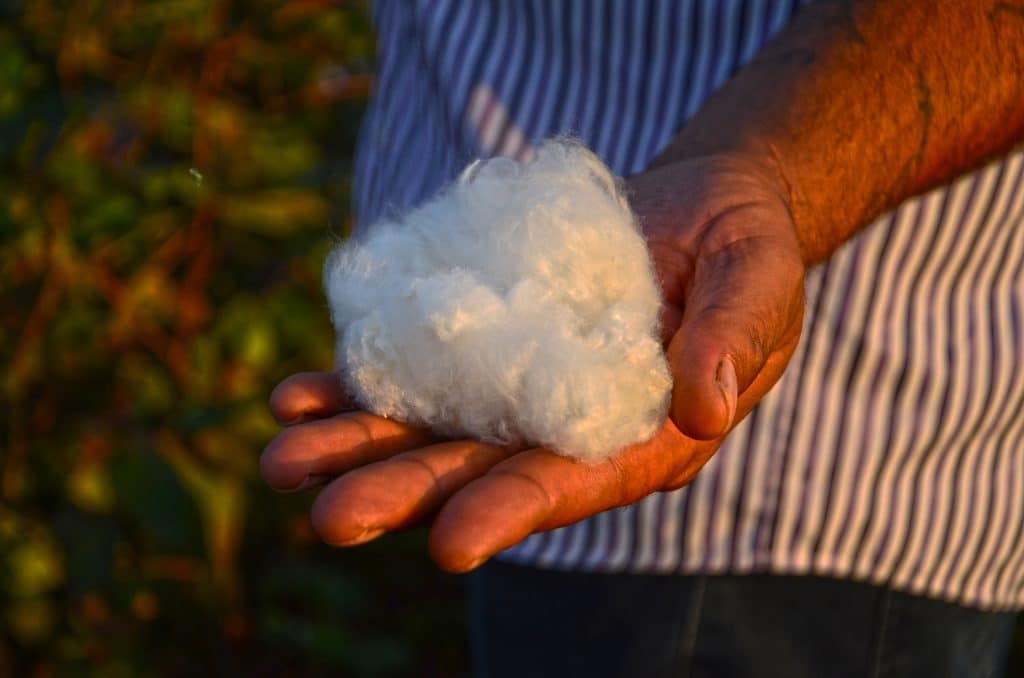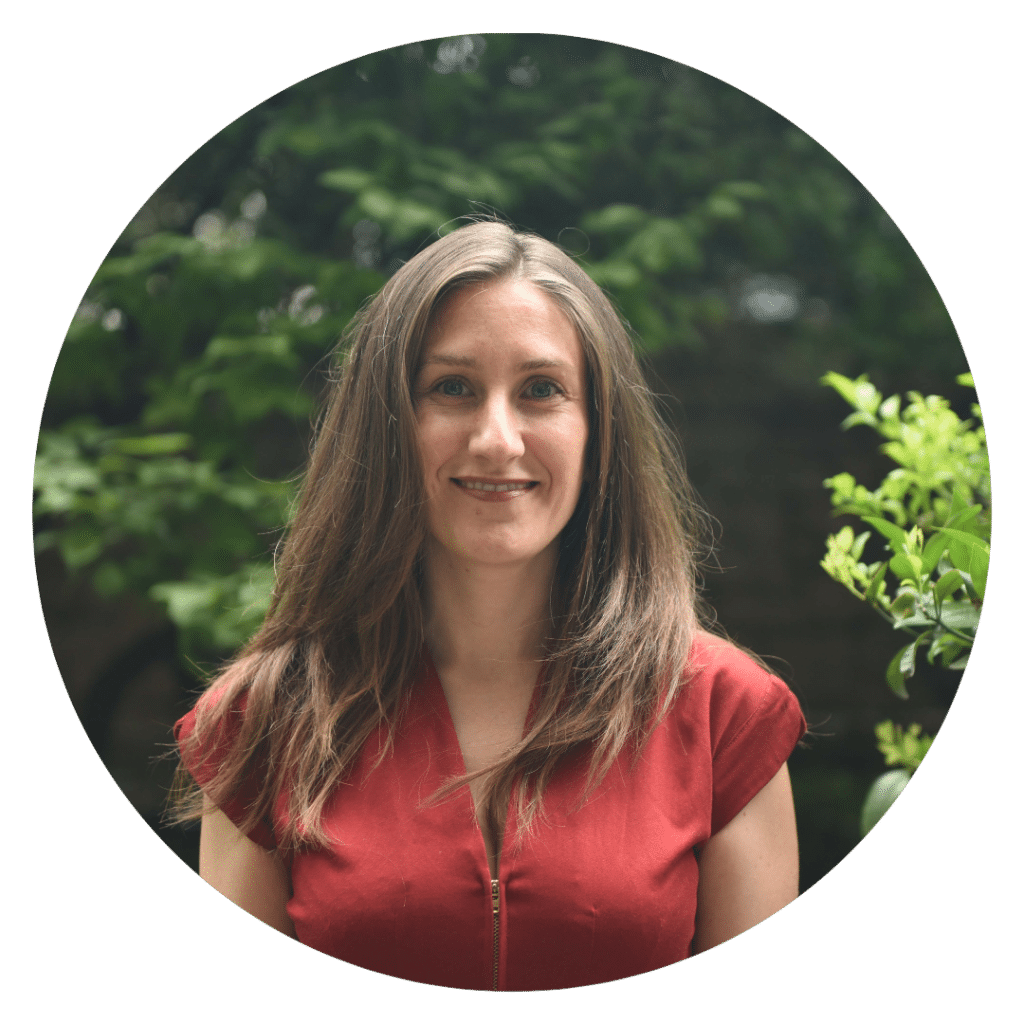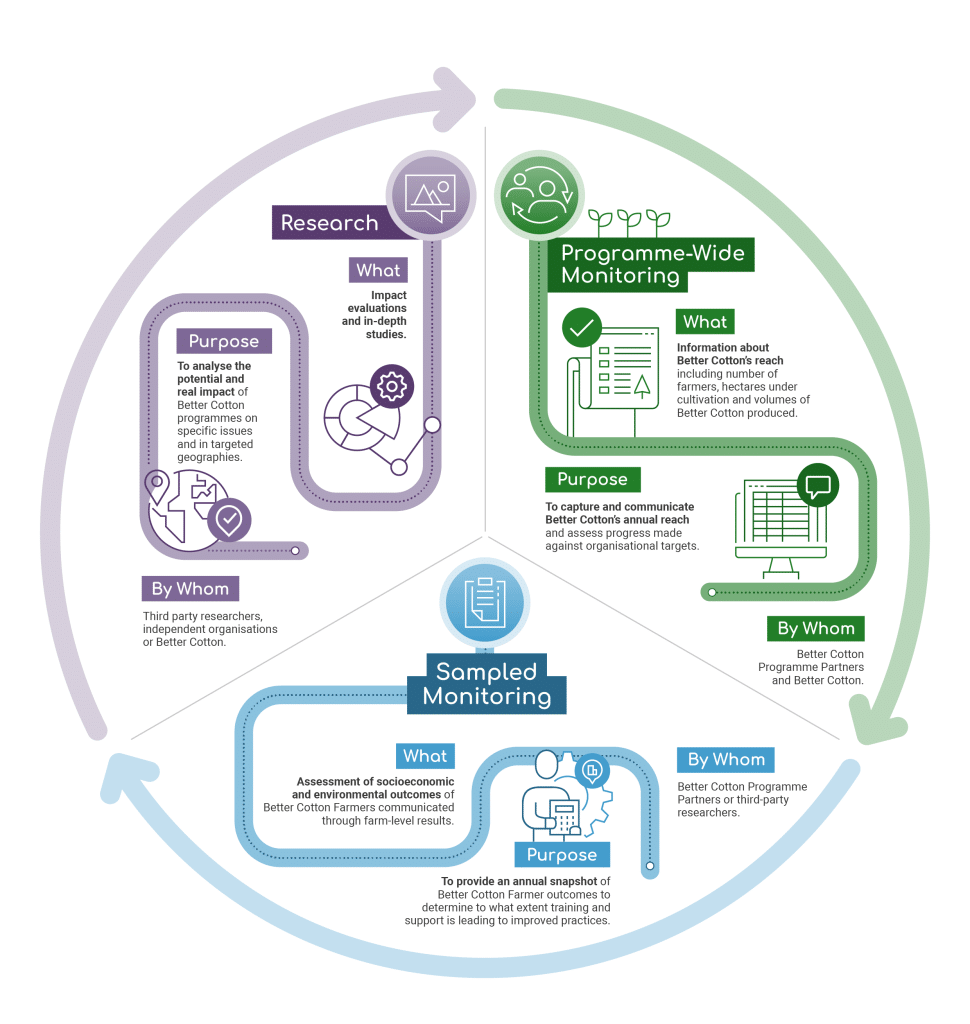
This is the second article in our Data & Impact series, where we explore Better Cotton’s data-driven approach to measuring and reporting impact. After looking at our new and improved reporting model, we are now shining a spotlight on how we evaluate impact.
We spoke to Eliane Augareils, Senior Monitoring, Evaluation & Learning Manager at Better Cotton, to find out more.


Why is evaluation important for Better Cotton?
To ensure our programmes are making a difference and we are contributing substantially to more sustainable cotton production, we need to understand the environmental, social and economic impact of the Better Cotton Standard System. A key part of that is ensuring effective evaluation. Evaluation complements monitoring so that we can understand how and why changes do or don’t happen, and whether those changes can be attributed to the interventions of Better Cotton and its partners.
How does Better Cotton evaluate impact?
We use complementary research and evaluation methods, and work with independent organisations and researchers to assess field-level impacts. A diversity of approaches is required to effectively measure results and impact both at scale and in depth — as no single approach or methodology can meet all the needs for understanding the reach, efficiency, results, and ultimately impact, of a sustainability initiative.
How does the Better Cotton Monitoring, Evaluation and Learning (MEL) Programme work?
Our MEL Programme focuses on farm-level results, to measure what matters most according to our Theory of Change: continuous improvement of environmental, social and economic conditions in cotton cultivation.
Through our MEL Programme, we collect farm-level data over time to analyse the evolution of Better Cotton farmers in terms of practices, sustainable performance and results. Through third-party research, we aim to demonstrate that this evolution can be attributed fully or partially to Better Cotton’s interventions, and to quantify our contribution to positive change.
At Better Cotton, we are equally interested in demonstrating our contribution to change as we are in attributing that change to Better Cotton interventions.
Which complementary evaluation methods does Better Cotton use?
We work in parallel on three levels of monitoring & evaluation: programme-wide monitoring, sampled monitoring, and research.
Programme-wide monitoring
The first element of our MEL Programme is programme-wide monitoring, through which we capture information, self-reported by farmers, on Better Cotton’s reach. This information includes the total number of Better Cotton Farmers, the number of hectares under cultivation and the volumes of Better Cotton produced. By measuring this reach data, we can assess the progress that we are making towards reaching our vision of a world where all cotton farming is sustainable.
Sampled monitoring


We also collect data from a sample of Better Cotton Farmers to assess their socioeconomic and environmental performance. We use these farm-level results to see whether the Better Cotton Farmers are achieving better performance results after joining a Better Cotton programme.
Going forward, rather than reporting on results in one season as we have done in the past (comparing the results from Better Cotton Farmers and non-Better Cotton Farmers in one given season), we are now starting to report on the performance of Better Cotton Farmers over a multi-year timeframe. This approach, combined with enhanced contextual reporting, will bring improved transparency and strengthen the sector’s understanding of local cotton-growing conditions and national trends. It will also help us confirm whether Better Cotton Farmers are improving over an extended period. To read more about this, check out the previous blog in this series.
Research
Finally, Better Cotton commissions independent studies to collect and analyse data from Better Cotton Farmers, and sometimes from non-Better Cotton Farmers as well. These studies use a mix of quantitative and qualitative methodologies. Qualitative or mixed approaches allow us to hear in the farmers’ own words whether and how they feel that their participation in Better Cotton programmes is leading to positive change for them.
The comparison of Better Cotton Farmers’ and non-Better Cotton Farmers’ results at different points in time allows the researchers to identify and quantify the impact of Better Cotton’s interventions.
For example, between 2019 and 2022, Wageningen University conducted a study on Better Cotton’s impact in India. You can find more research papers on the ‘Demonstrating Results and Impact’ page of the Better Cotton website, under the ‘Independent Research and Evaluation’ section.
Depending on the needs and resources at hand, Better Cotton also commissions:
- Outcome Evaluations: usually collecting baseline and endline data from Better Cotton Farmers, either for a specific project or across several Programme Partners.
- Case Studies: using a smaller sample size to look at a specific topic or research question, using mostly qualitative or mixed approaches.
Lastly, we regularly provide farm-level (anonymised) data and give interviews to academic researchers or other research organisations that conduct independent research on sustainable cotton production.
How does Better Cotton ensure its evaluation is effective?
Next to our own internal policies and processes for monitoring and evaluation, the Better Cotton Standard System has also been independently evaluated against ISEAL’s Codes of Good Practice.
Being ISEAL Code Compliant, alongside other sector leaders such as Fairtrade and Rainforest Alliance, means we are meeting rigorous international standards for monitoring and evaluation. We are committed to gradually improving the way we measure and report our progress and demonstrate our impact, investing in the reliability of the data we collect and in the robustness of our evaluation methods.
Find out more about our approach to Monitoring, Evaluation and Learning here.







































